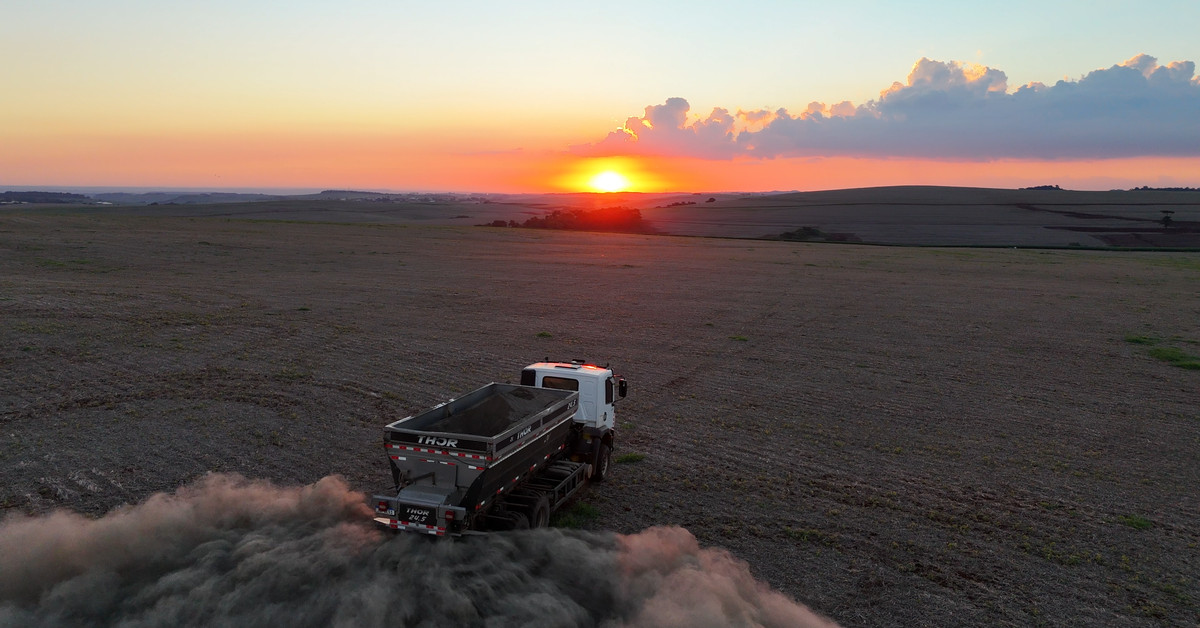Introduction
The climate crisis is at the forefront of global discussions, with industries worldwide striving to reduce their carbon footprints. One company leading the charge in this endeavor is Google, which has announced significant investments in combating climate change through innovative technologies such as enhanced rock weathering (ERW) and transitioning to renewable energy sources. This article delves into Google’s partnership with Terradot and explores the broader implications of these efforts on the planet’s future.
Google and Terradot: Strategic Partnerships for Sustainability
The Carbon Removal Deal
In a groundbreaking move, Google has inked a deal with Terradot to fund its ambitious carbon removal initiative through enhanced rock weathering (ERW). This innovative method involves traprock being broken down over decades, sequestering CO2 from the atmosphere.Terradot, based in Texas, specializes in this technology and is set to become the world’s largest carbon removal project by 2035.
In addition to Terradot, Google has also committed to advancing clean energy infrastructure, including building state-of-the-art nuclear reactors and expanding its solar and wind farms. These efforts aim to power its growing data centers with zero-carbon electricity, aligning with its broader mission of reducing emissions.
The Economic Impact
The financial commitment from Google is staggering, with plans for an unprecedented 200,000 tons of CO2 sequestration annually by 2030. This ambitious goal surpasses the previous record set by the company in 2019 and represents a critical step toward achieving net-zero emissions by 2050.
The Opponents
While Google’s efforts are laudable, critics argue that carbon removal alone cannot address the root cause of climate change. They emphasize the need for comprehensive strategies that include aggressive emission reductions through clean energy transitions. Google acknowledges this sentiment and has partnered with other companies known for their cutting-edge emission reduction technologies to complement its carbon removal initiatives.
Understanding Enhanced Rock Weathering (ERW)
How Carbon Removal Works
ERW, or enhanced rock weathering, is a method that traps CO2 by breaking down traprock into granular material through natural chemical and biological processes over decades. This process sequesters CO2 deep within the earth, effectively removing it from the atmosphere and contributing to climate change mitigation efforts.
The Science Behind It
The conversion of traprock involves several steps:
- Chemical Weathering: Carbon dioxide in the soil reacts with minerals in traprock, producing bicarbonate and carbonate ions.
- Biological Decomposition: Microbial activity further breaks down the material, releasing CO2 into the ocean.
The Role of Terradot
Terradot’s expertise lies in its ability to efficiently process large quantities of traprock while ensuring the release of sequestered CO2 back into the ocean. This technology is pivotal in making ERW a viable solution for addressing global climate change.
The Background of Terradot
Formation and Early Years
Terradot was founded by John C. Hart, who envisioned a future where humanity’s carbon footprint could be curtailed. The company quickly gained recognition for its innovative approach to ERW and established itself as one of the leading players in this field.
Connection to the Farmlink Project
John C. Hart played a pivotal role in linking agricultural practices with carbon sequestration efforts through hisFarmlink Project, which aimed to enhance soil health and water conservation. This project not only contributed to the company’s reputation but also solidified its commitment to sustainable practices beyond just carbon removal.
The Future of Terradot
Terradot is poised for expansion, with plans to scale up operations significantly in coming years. By 2035, the company aims to become the largest dedicated to ERW globally.
The Broader Implications
The Race for Zero Carbon
The integration of Google’s carbon removal and renewable energy initiatives marks a turning point in its journey toward zero-carbon electricity. This commitment reflects not just an environmental responsibility but also a societal expectation for sustainable growth.
The Interdependence of Technologies
While ERW offers a promising avenue for sequestration, the transition to clean energy is equally critical. Google’s investments highlight the interdependence of these technologies in achieving meaningful climate change mitigation.
Conclusion
Google’s partnership with Terradot and its broader commitment to clean energy underscore the potential of innovative technologies like enhanced rock weathering and renewable energy sources. Together, these efforts represent a significant step toward combating climate change, offering hope for a sustainable future. As the world grapples with the challenges posed by global warming, initiatives like Google’s serve as inspiration, proving that technological ingenuity and corporate responsibility can coexist to achieve remarkable results.
